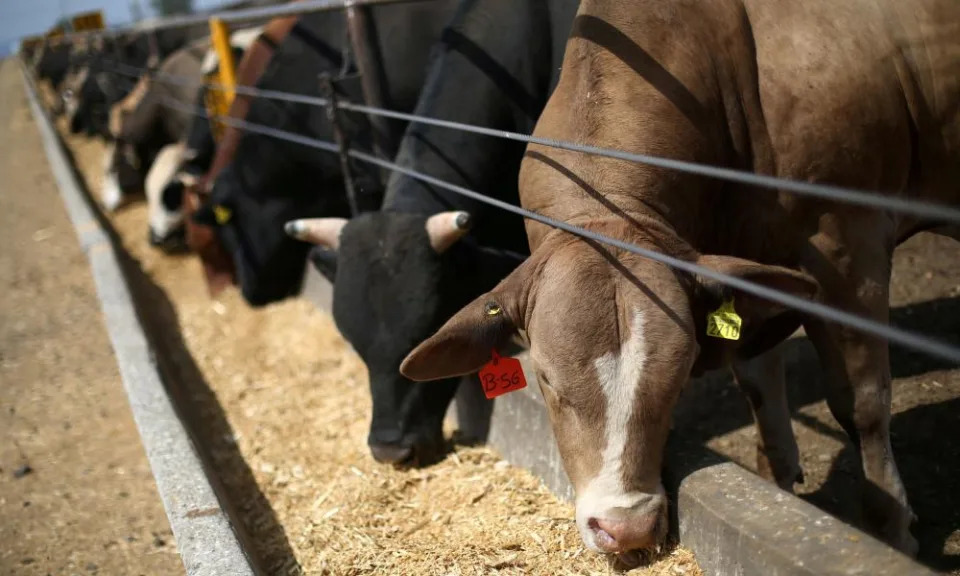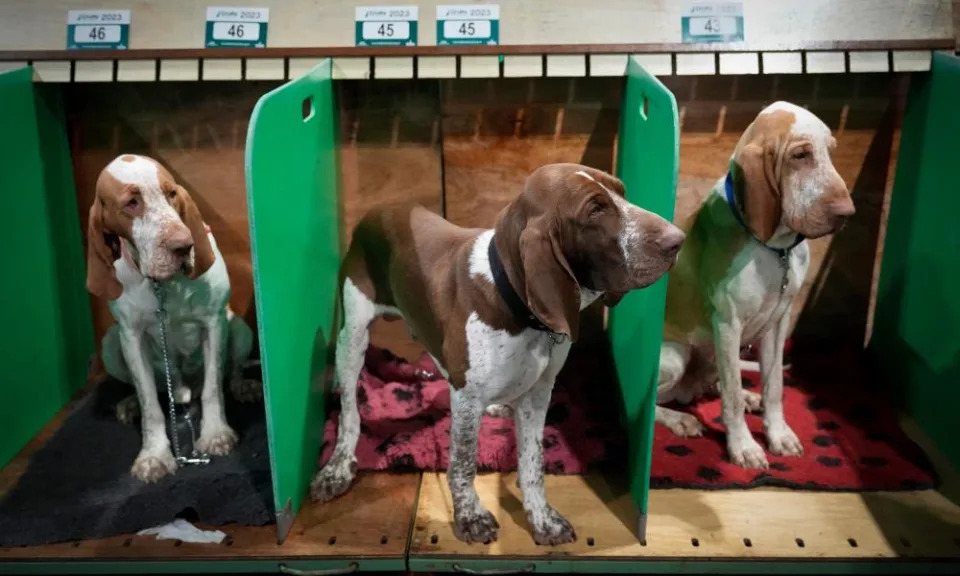These cities across the US are the top rat havens, according to Orkin pest control

Karen Weintraub, USA TODAY
Fri, March 10, 2023
There are supposedly as many rats as people in New York City (hold the jokes, please) and some of them carry variants of the virus that causes COVID-19, according to a study published this week.
It's not entirely clear how the rats contracted SARS-CoV-2 or whether they pose a particular danger to human health.
But theoretically, the fact that they can catch the virus from people means they can pass it back, according to researchers. This would be a particular concern if, say, they incubated a highly contagious vaccine-resistant variant.
Other animals have contracted the SARS-CoV-2 virus from people, including deer, otters, ferrets, hamsters, gorillas, cats, dogs, lions and tigers. Millions of farm-raised mink were killed early in the pandemic to prevent them from infecting people.
There's no evidence that any of these sparked an outbreak in people, but the possibility for transmission is there, particularly among animals that come in close contact with people.
Urban wildlife "is a reservoir from which we can anticipate further infection of humans," said W. Ian Lipkin, a researcher at Columbia University's Mailman School of Public Health. "It's going to be going in both directions."
COVID ORIGIN: Lab leak theory deserves further investigation, Congress hears
NEXT-GEN VACCINES: With over 500 coronaviruses, experts say we must act now
What this study found
After rats in Hong Kong and Belgium were suspected of carrying the SARS-CoV-2 virus, federal researchers teamed up with several academics to study Norway rats, which make up most of the wild rat populations in New York City.
Between Sept. 13 and Nov. 16, 2021, when the delta variant was circulating among New York's human residents, researchers collected 79 rats from three sites in Brooklyn.
Fifteen of the rats, about 19%, showed evidence of infection with SARS-CoV-2, according to the study, published Thursday in mBio. Two of those were infected at the time of study, though they didn't show any obvious symptoms, according to Xiu-Feng "Henry" Wan, a pathogen expert at the University of Missouri, who helped lead the study.
Researchers then took Sprague Dawley rats and infected them in the lab with different variants of SARS-CoV-2, showing they could be infected by the alpha, delta and omicron variants. Those variants also mutated, possibly to make it easier for the virus to replicate, Wan said via email.
It's not clear whether the virus continues to circulate among New York City rats or is now being passed among rats rather than from human to animal.
"Our sampling was limited," said co-author Dr. Thomas DeLiberto, assistant director for the National Wildlife Research Center, noting that they have funding for another round of testing. "Further study is needed to address these critical questions."
Rodents and disease
This isn't the first time rodents in New York have been shown to harbor pathogens.
In 2015, city rats were shown to be carrying fleas that could theoretically become infected with and transmit the plague. (An outbreak of bubonic plague carried by such fleas killed one-third of Europeans in 1347. Now, plague is treated with antibiotics.)
And in 2018, mice living in New York apartment building basements were found to carry disease-causing bacteria, antibiotic-resistant bugs and never-before-seen viruses.
Lipkin, who was involved in both earlier studies but not the new one, said he's not at all surprised city rats would be infected with SARS-CoV-2.
But there's no evidence that any human illnesses can be blamed on the rodents, he said. "When we did our studies of rats and mice in NYC, we were unable to say more than that both carried antibiotic resistant strains of human bacterial pathogens."
Lipkin said he's more concerned about mice than rats because they come into closer contact with people, living in apartment building walls often scurrying into inhabited spaces. "We have a more intimate relationship with mice," he said.
Study: An experimental COVID treatment could be a promising alternative to Paxlovid
How did the rats get SARS-CoV-2?
It's not clear how the rats became infected with SARS-CoV-2. Public health officials have said the virus is unlikely to be transmitted among people outdoors except in tightly packed crowds and that keeping a safe distance indoors helps prevent infection.
Presumably, people with COVID-19 didn't get within 6 feet of a rat indoors.
The study suggests they didn't catch it from sewage.
"No evidence has shown that SARS-CoV-2 viruses in sewage water are infectious," the study says, "suggesting that sewage rats may have been exposed to the virus through airborne transmission, e.g., overlapping living spaces with humans or indirect transmission from unknown fomites, e.g., contaminated human food waste."
People aren't known to pass the virus through food and Lipkin said the precise route is unknowable.
The U.S. government is running research projects to better understand how the SARS-CoV-2 virus behaves in animals, how it moves between animals and people and "what we and our public health partners can do to interrupt the chain of transmission," DeLiberto said.
Contact Karen Weintraub at kweintraub@usatoday.com.
Health and patient safety coverage at USA TODAY is made possible in part by a grant from the Masimo Foundation for Ethics, Innovation and Competition in Healthcare. The Masimo Foundation does not provide editorial input.
This article originally appeared on USA TODAY: New York City rats found infected with COVID virus, study finds





















